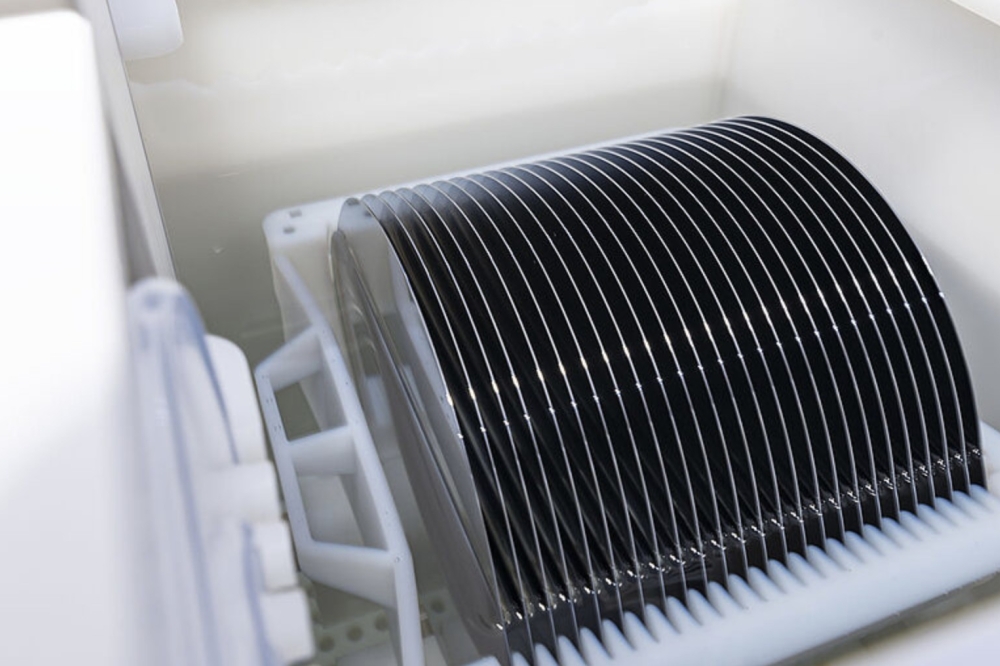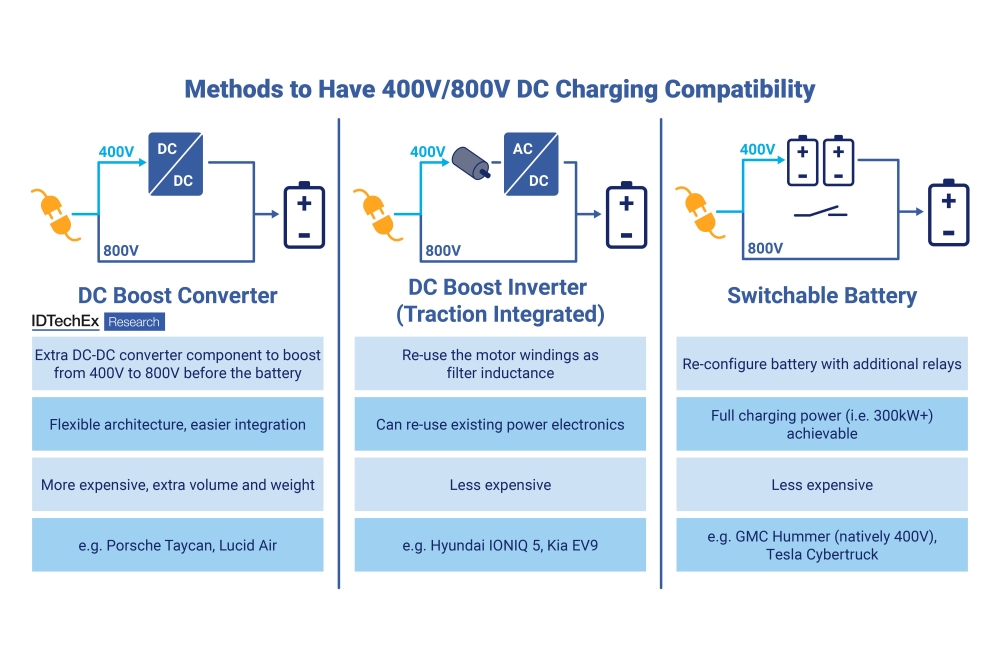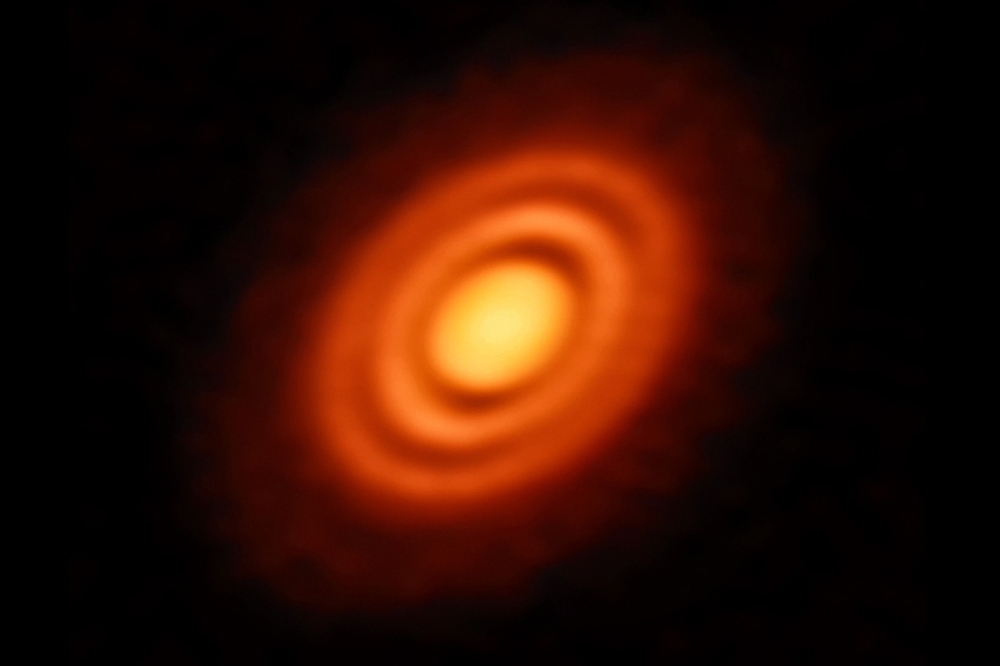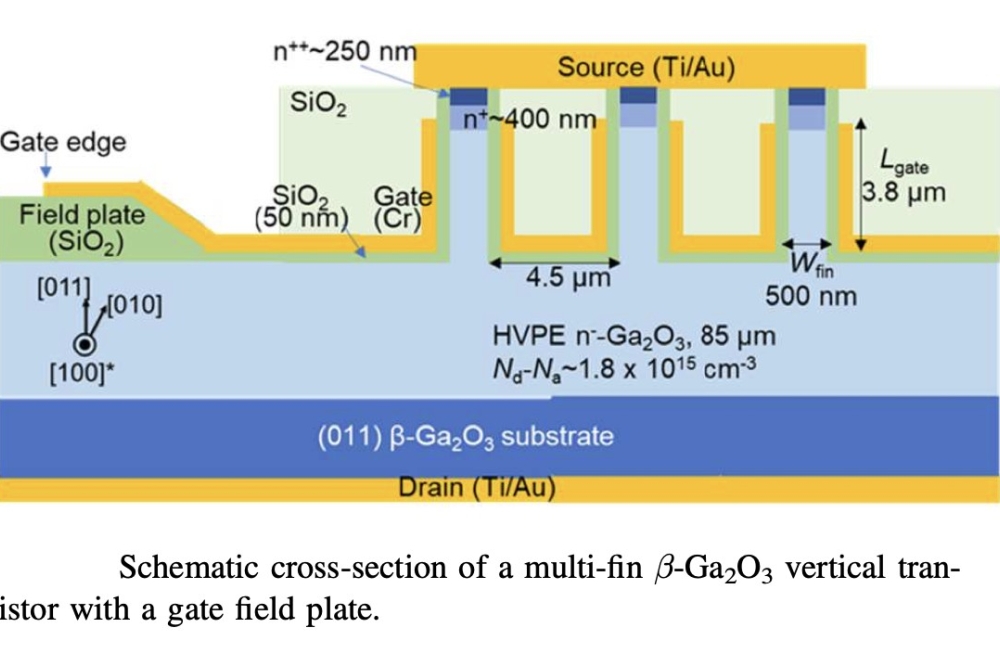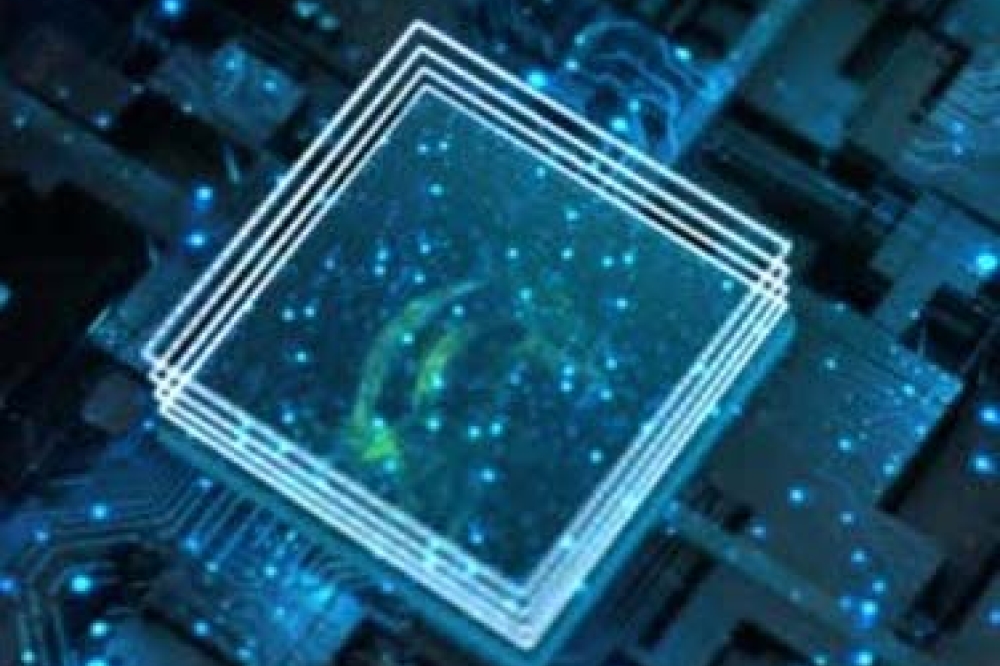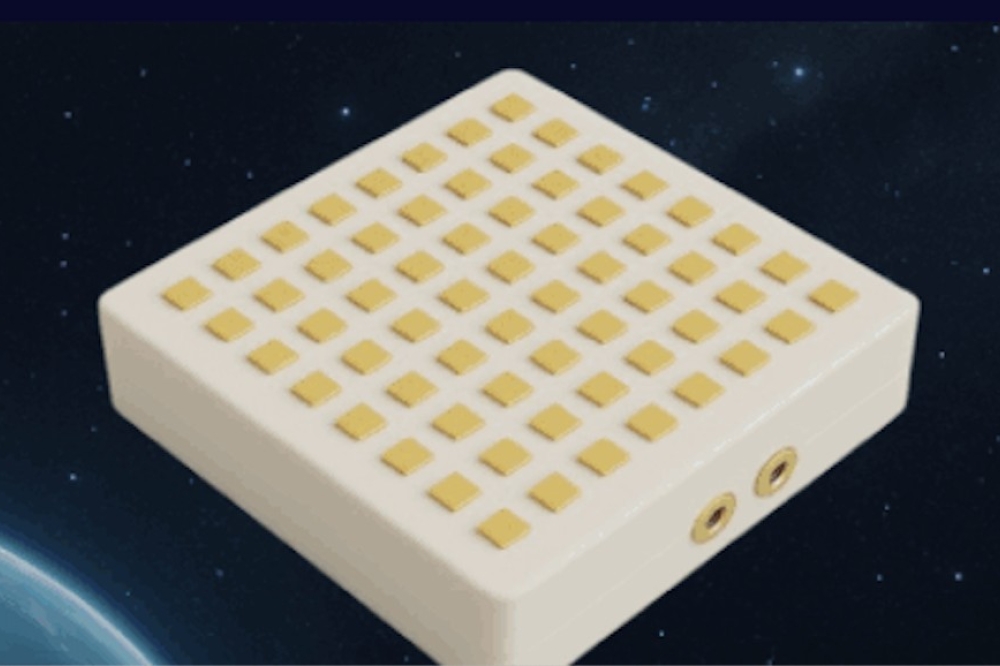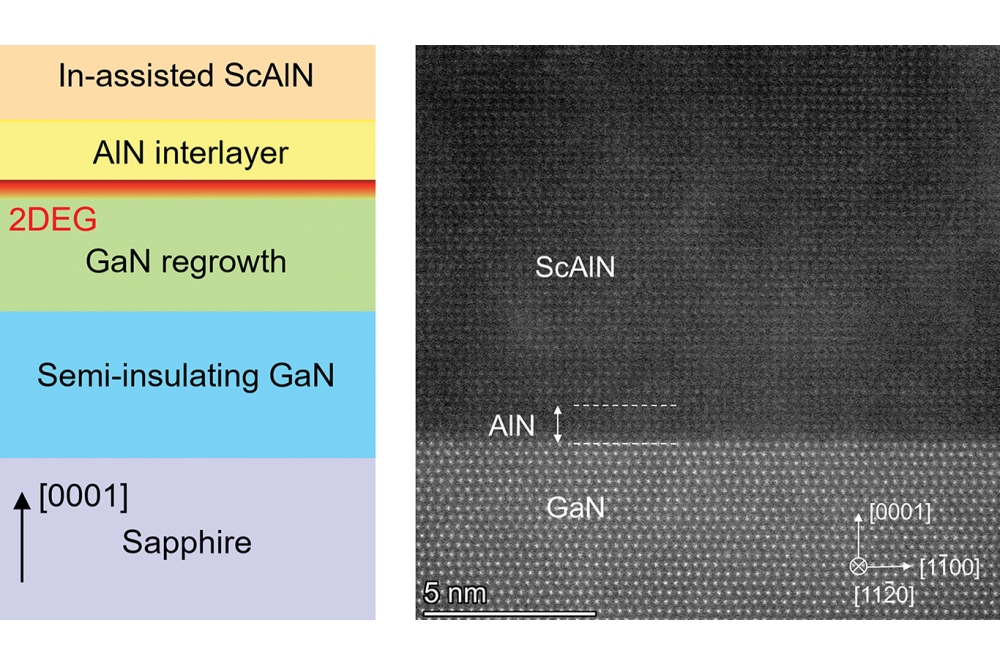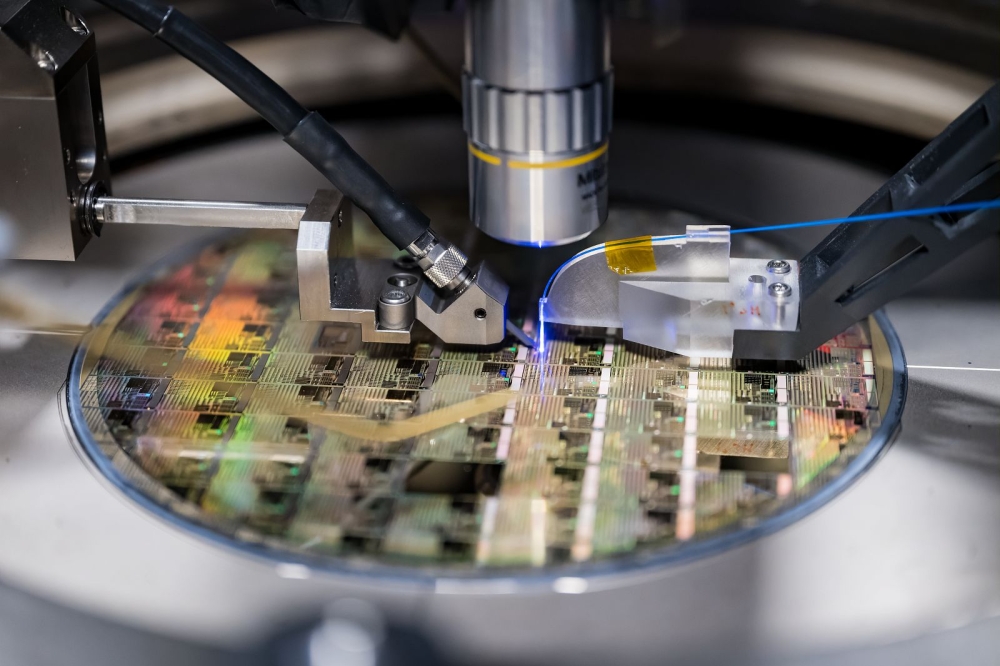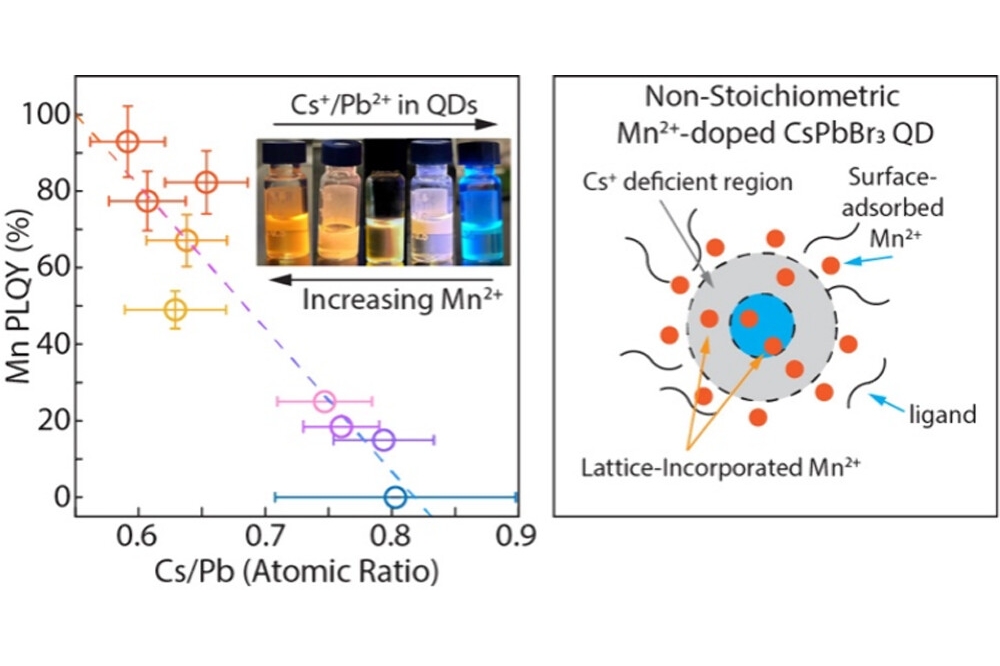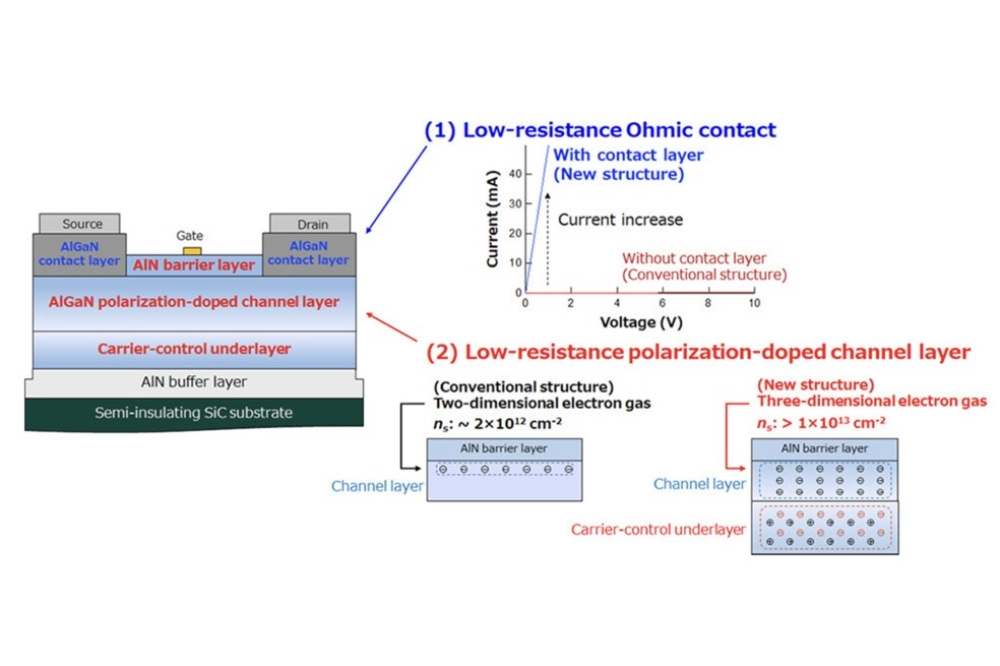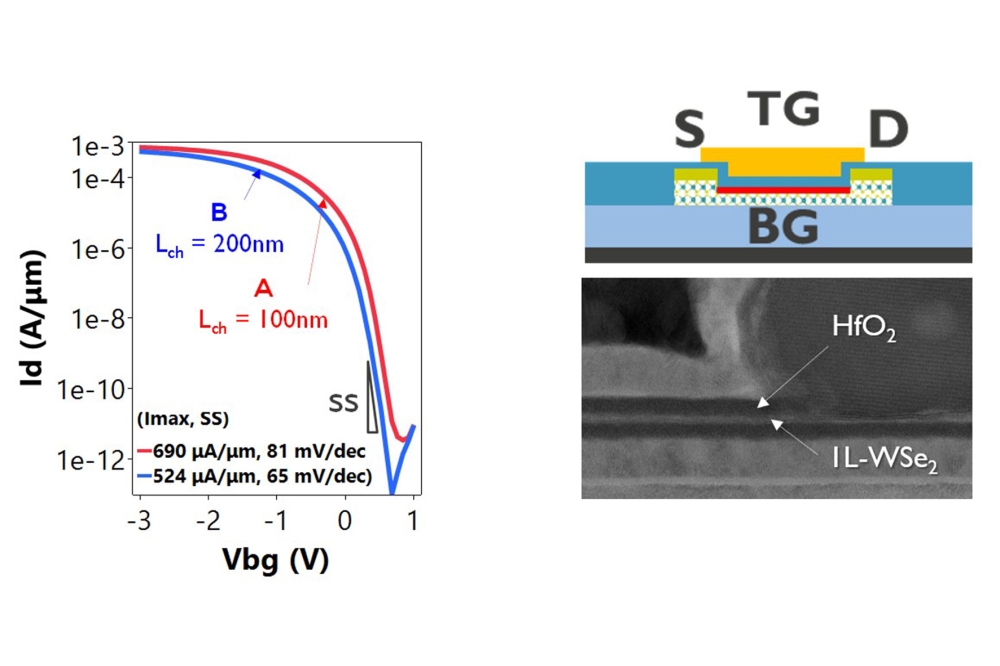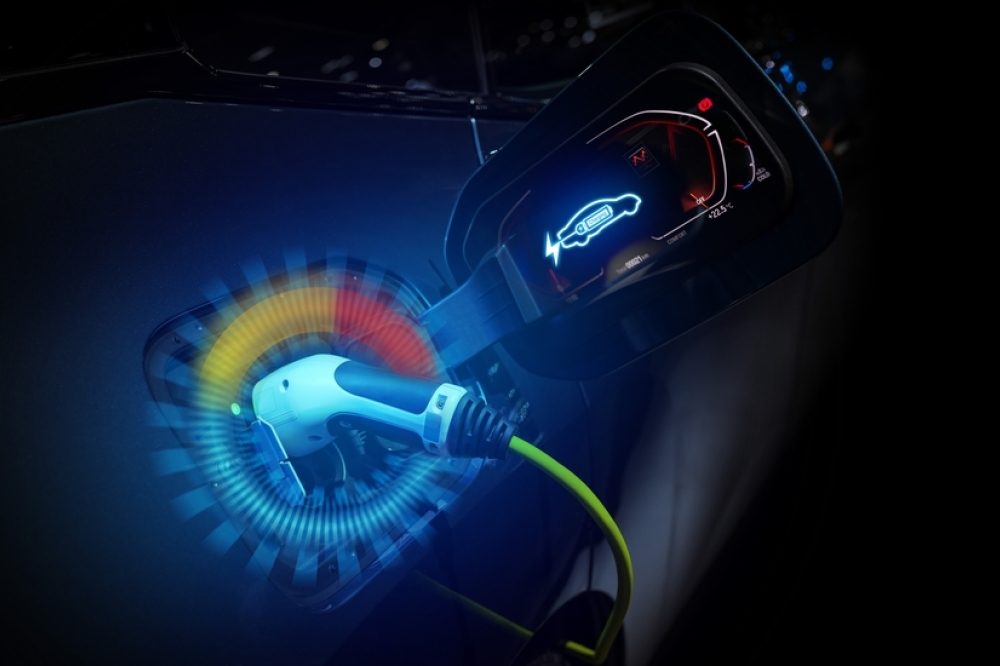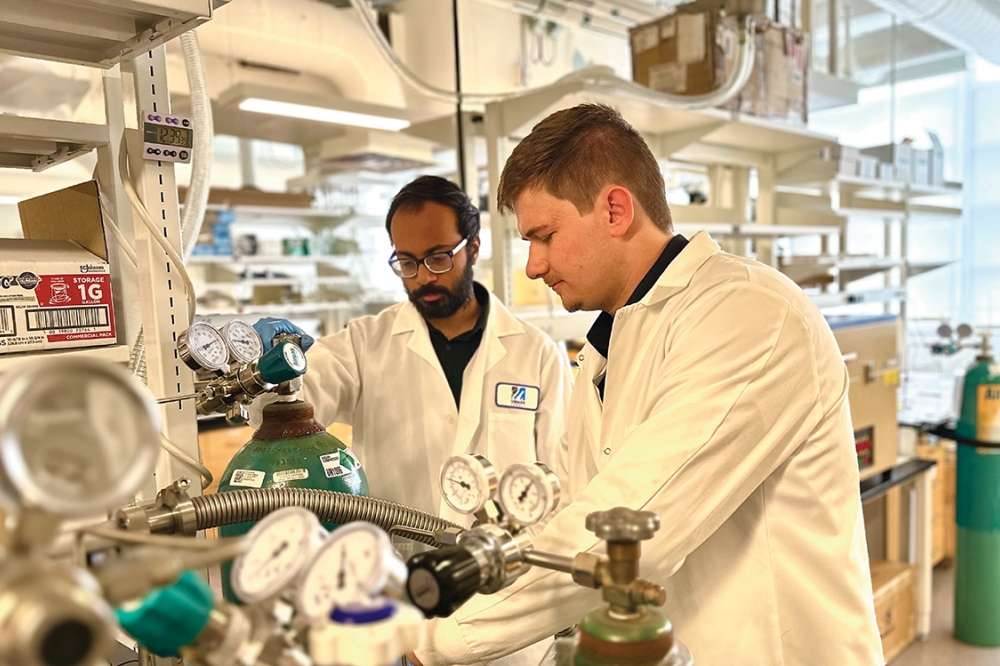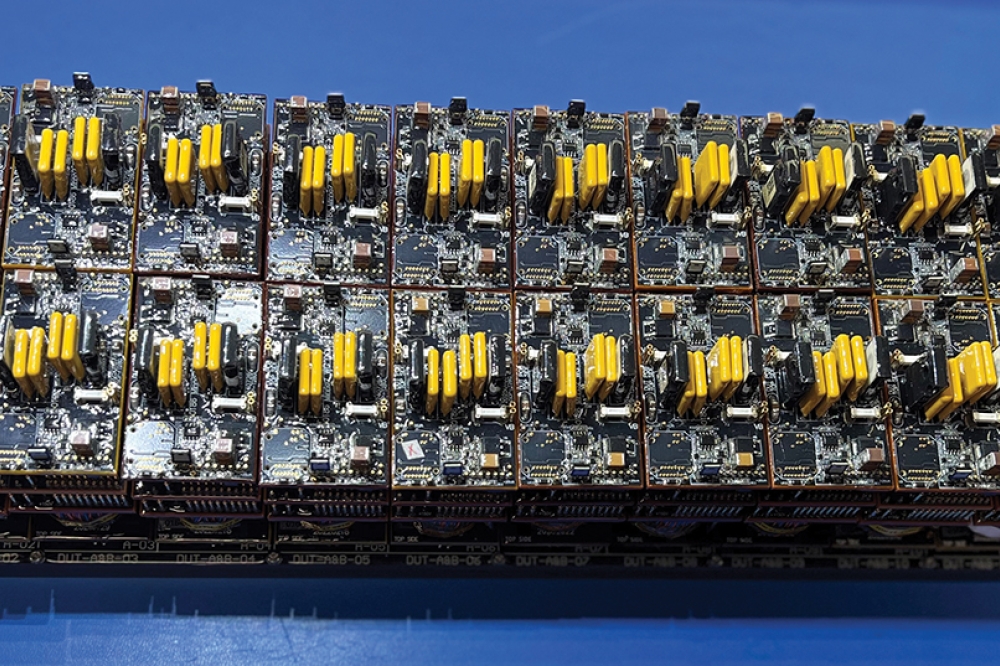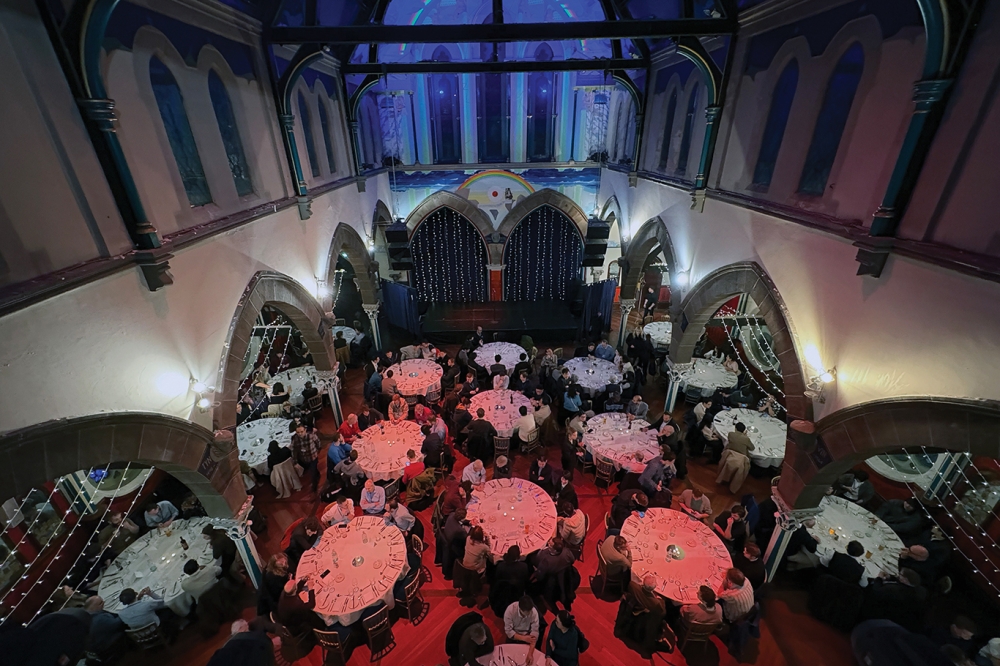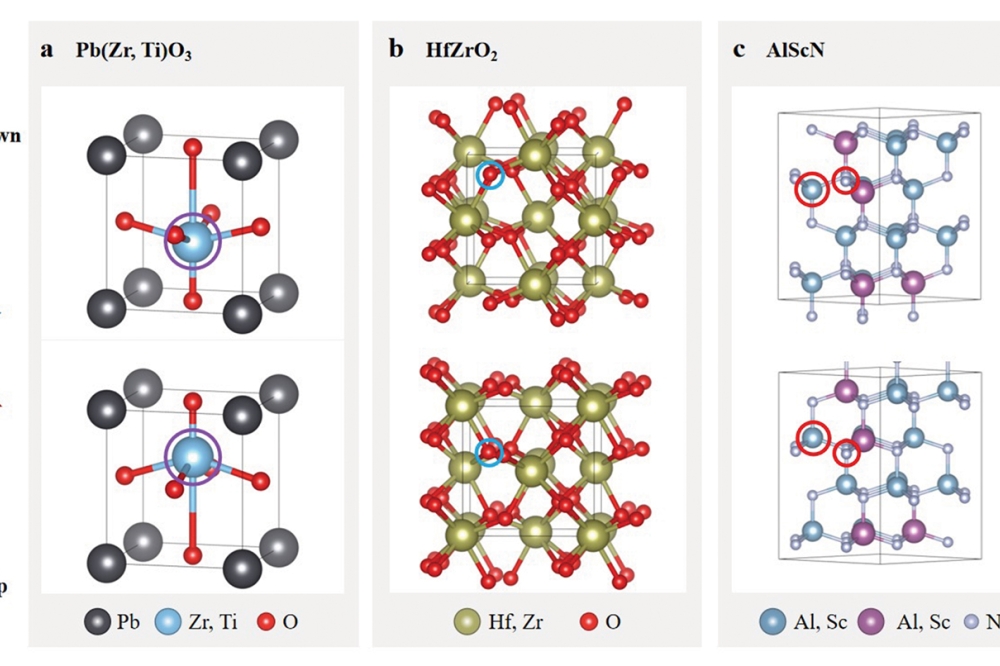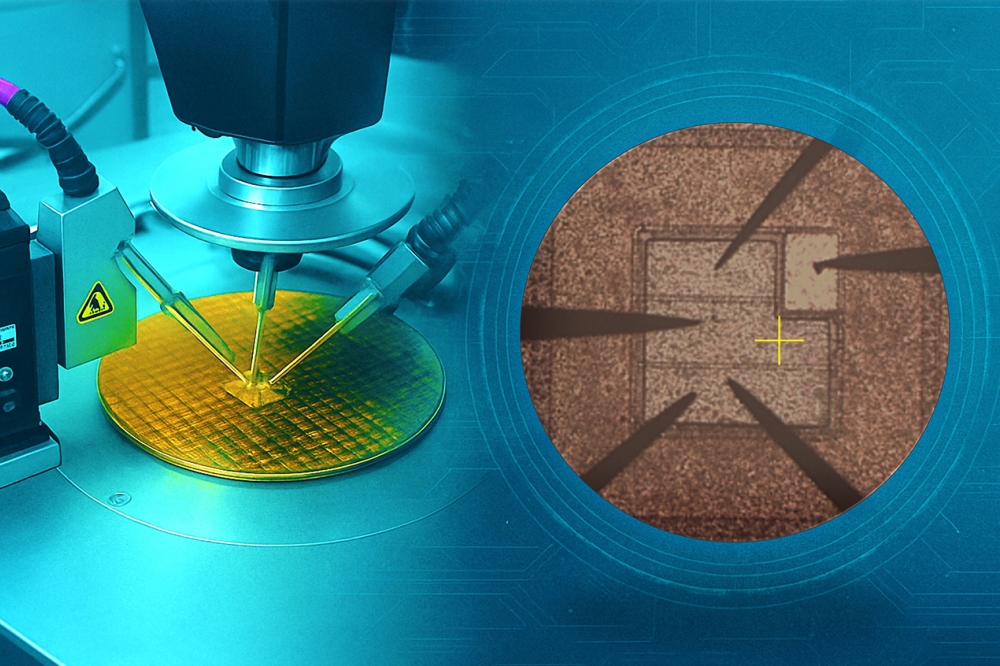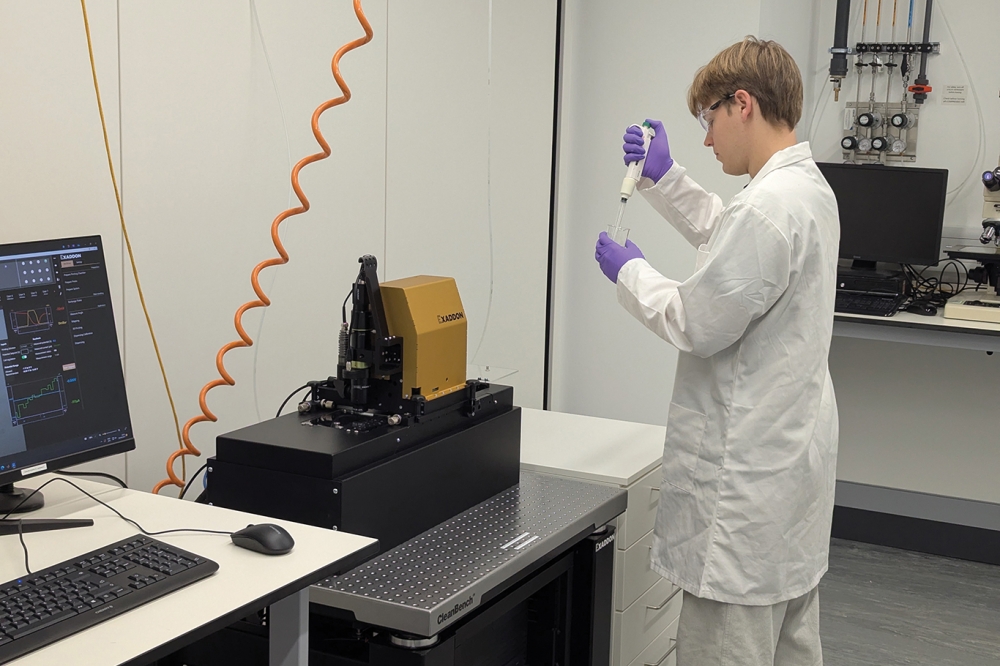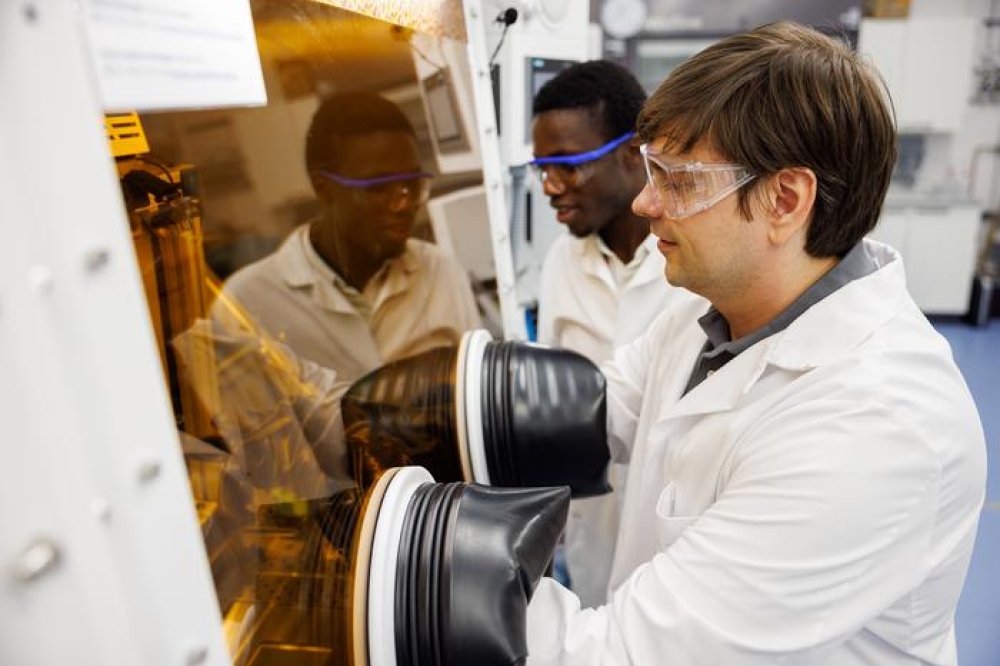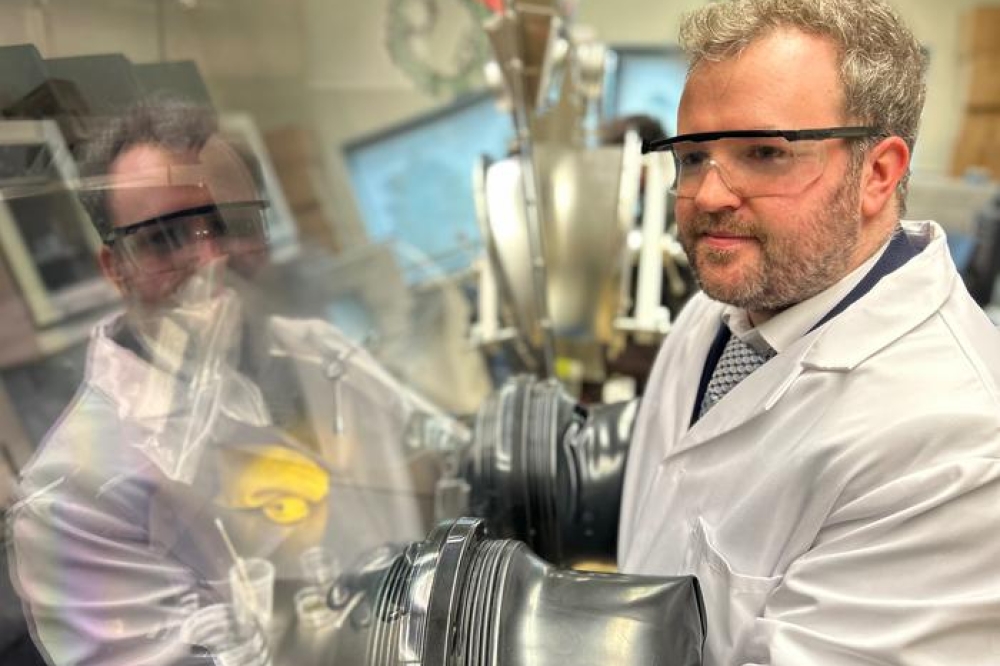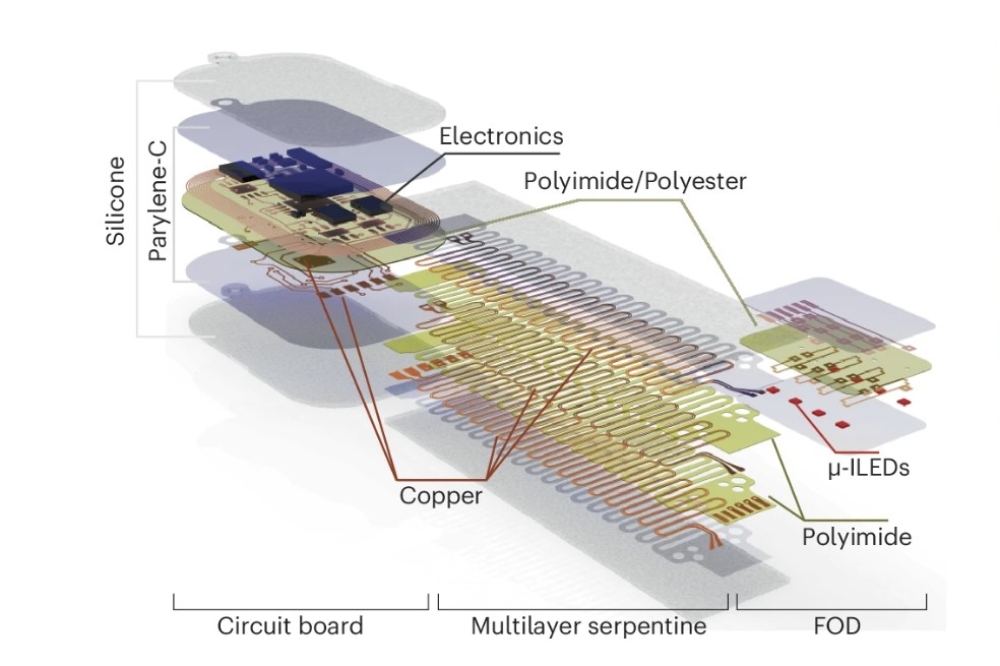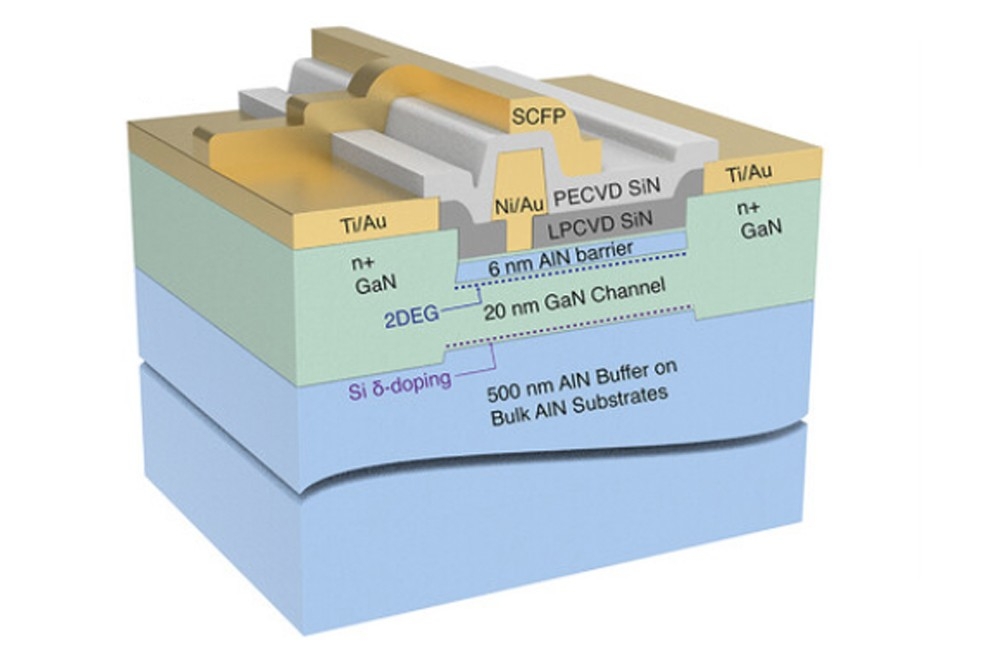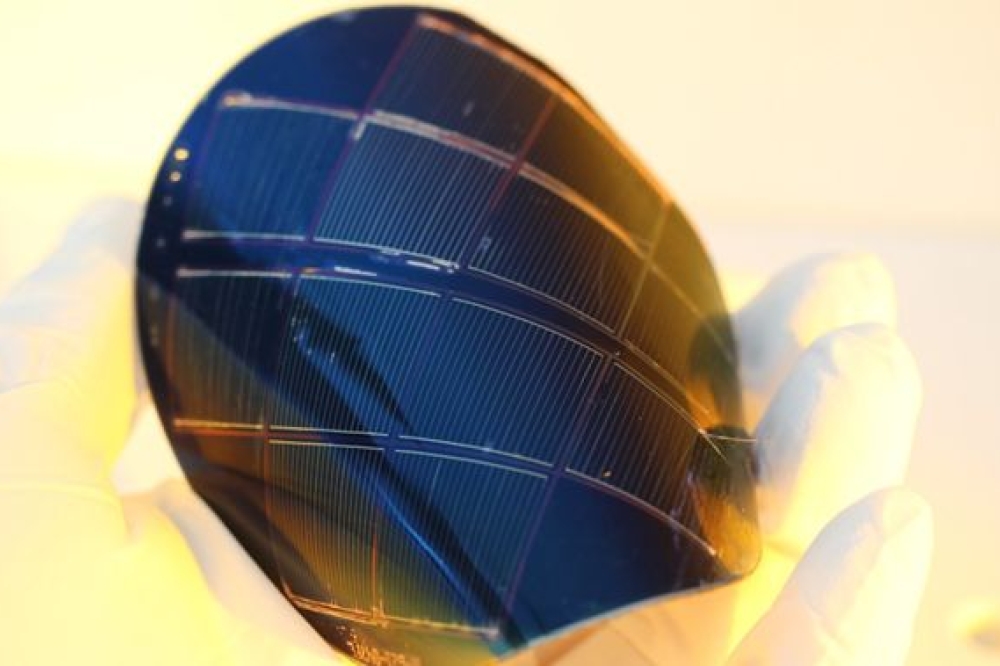ZnSeTeS QLEDs promise eco-friendly displays
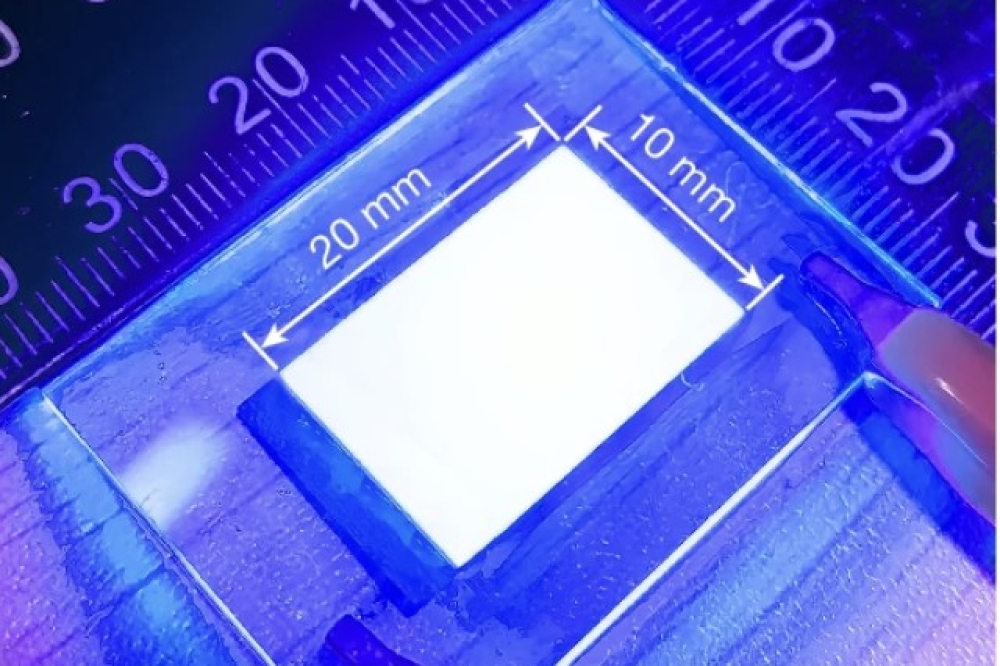
Research led by Curtin University, Perth, Western Australia, has achieved a breakthrough in eco-friendly display technology, creating highly efficient and stable blue (460nm) quantum dot LEDs (QLEDs) without using toxic heavy metals.
Creating useful blue QLEDs without toxic materials like cadmium, has been a major challenge. But study author Guohua Jia's research team from Curtin’s School of Molecular and Life Sciences have developed a ZnSeTeS-based quantum dot that matches or even outperforms traditional cadmium-based QLEDs, but in a safer and more sustainable way.
The full study titled ‘Homogeneous ZnSeTeS quantum dots for efficient and stable pure-blue LEDs’ was published in the journal Nature.
The team's ZnSeTeS-based QDs emit "a pure and vibrant blue light with an impressive 24.7 percent efficiency, which is among the highest recorded for blue QLEDs, " said Jia. “They also last for nearly 30,000 hours, making them a promising step toward more durable and environmentally friendly display technology.”
Jia said the researchers achieved this by fine-tuning the structure of the quantum dots at an atomic level, reducing defects that can interfere with light emission. “This approach allowed us to create more uniform quantum dots, improving both brightness and stability,” he said. "These results represent a new frontier in display technology and put us on a path towards superior displays with high colour purity, operational stability and eco-friendliness."
The study was conducted in collaboration with researchers from Shanghai University, Jilin University, Chinese Academy of Sciences, Fudan University and TCL Research.
Pictured above: A large-area blue LED made by the team. It has an active area of 2 × 1 cm2, which showed uniformity in electroluminescence emission with an average luminance of 1,297 ± 11 cd m−2 under a bias of 4.3 V

